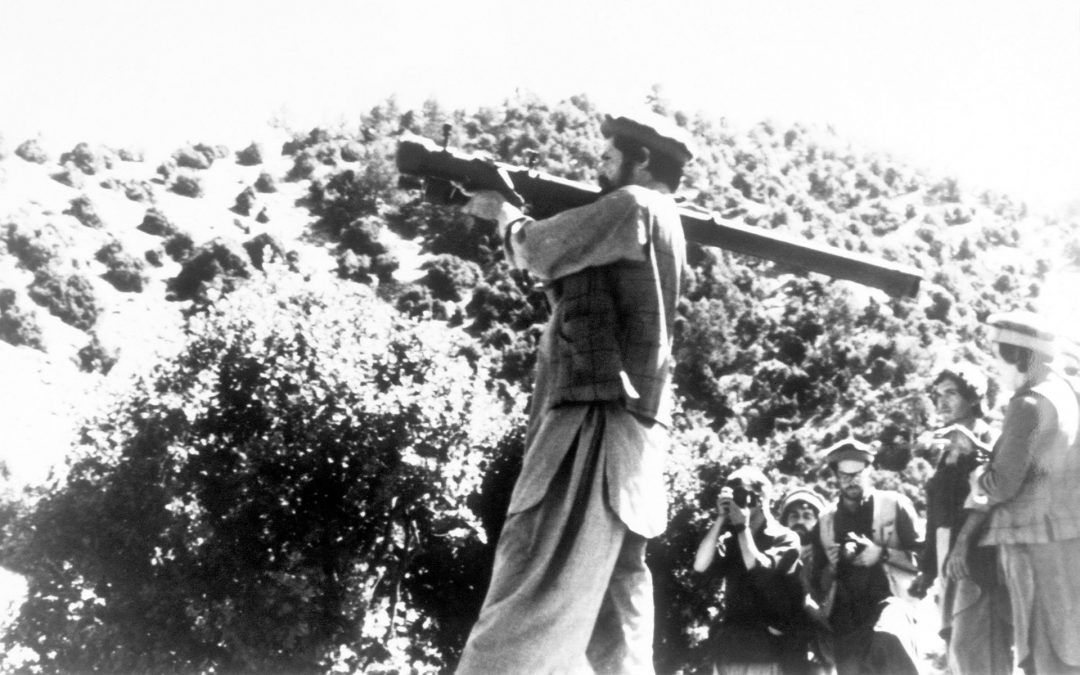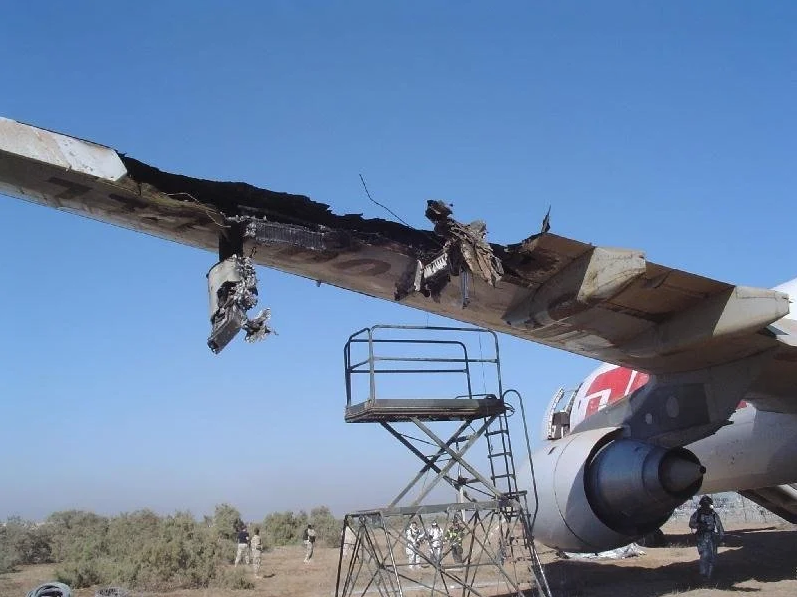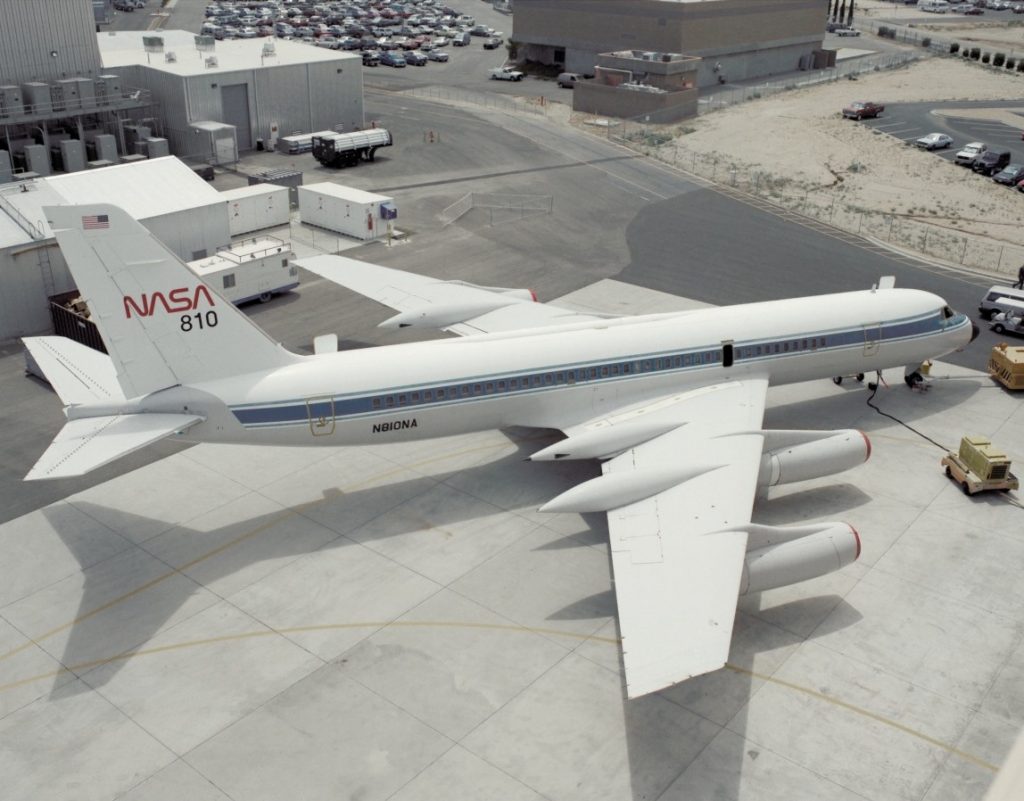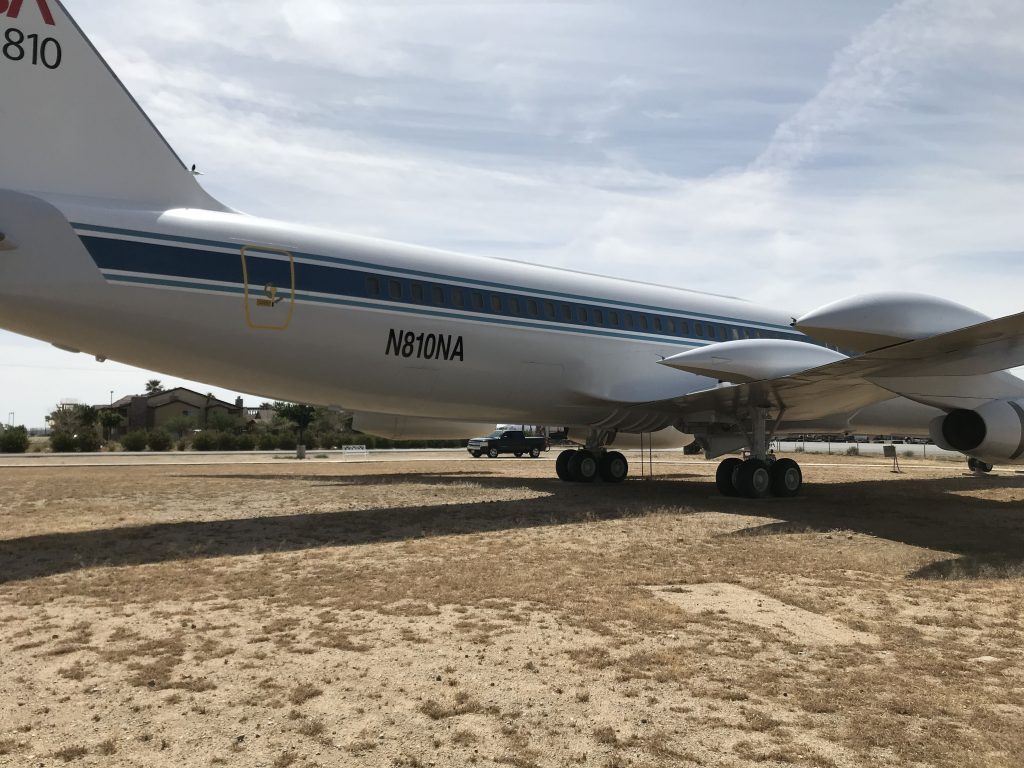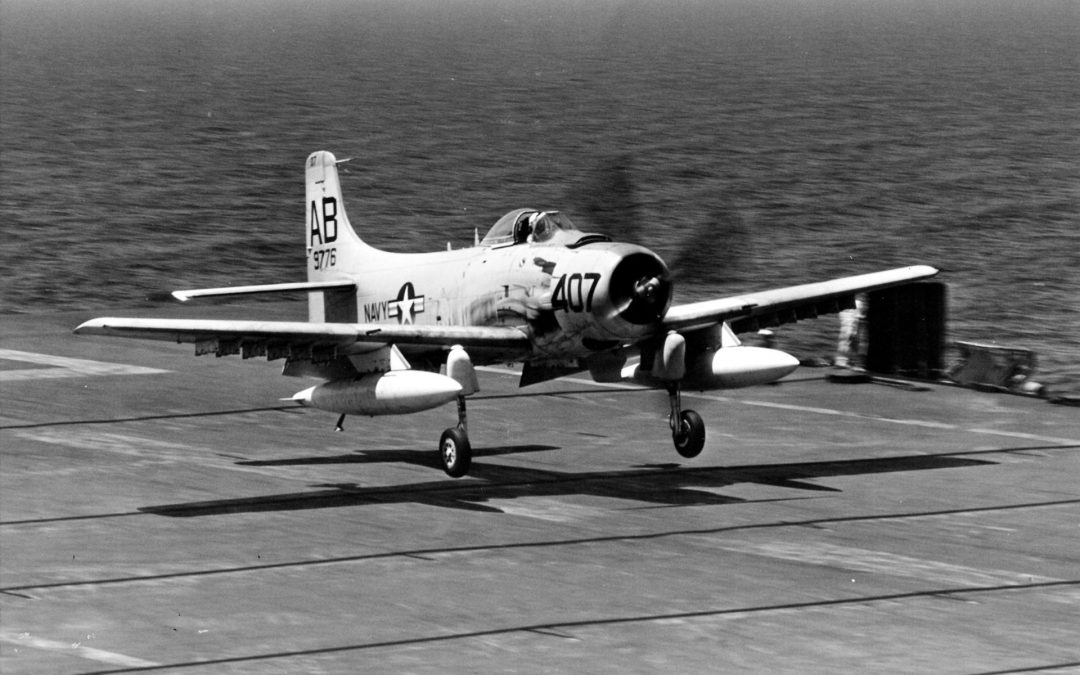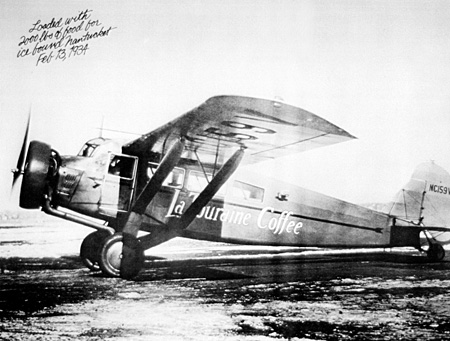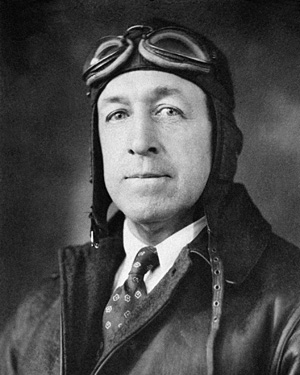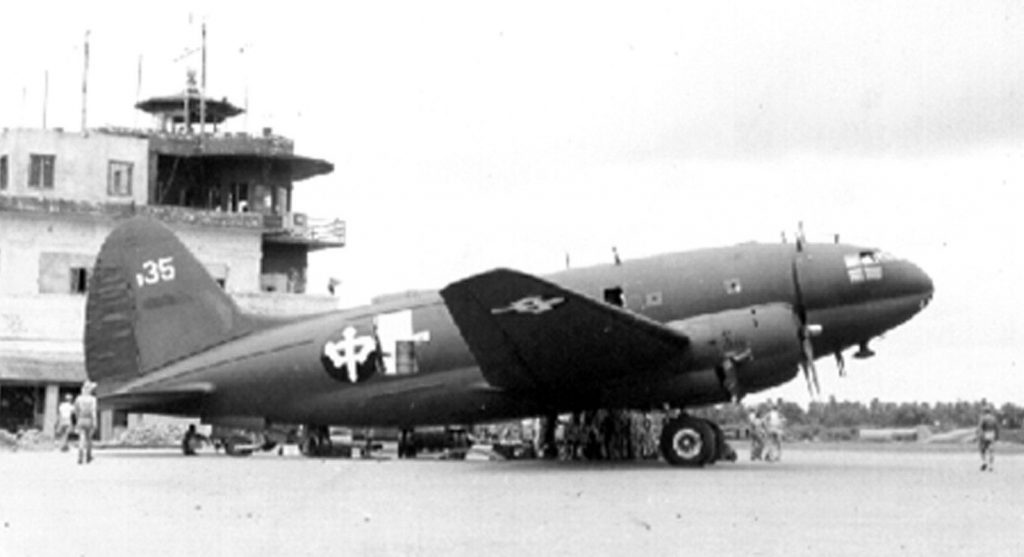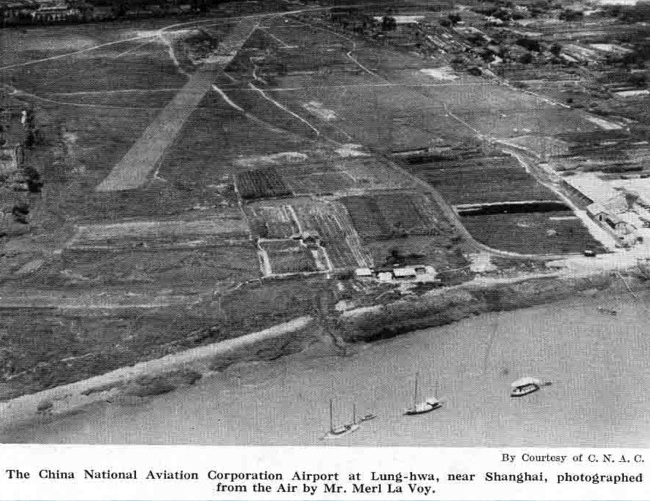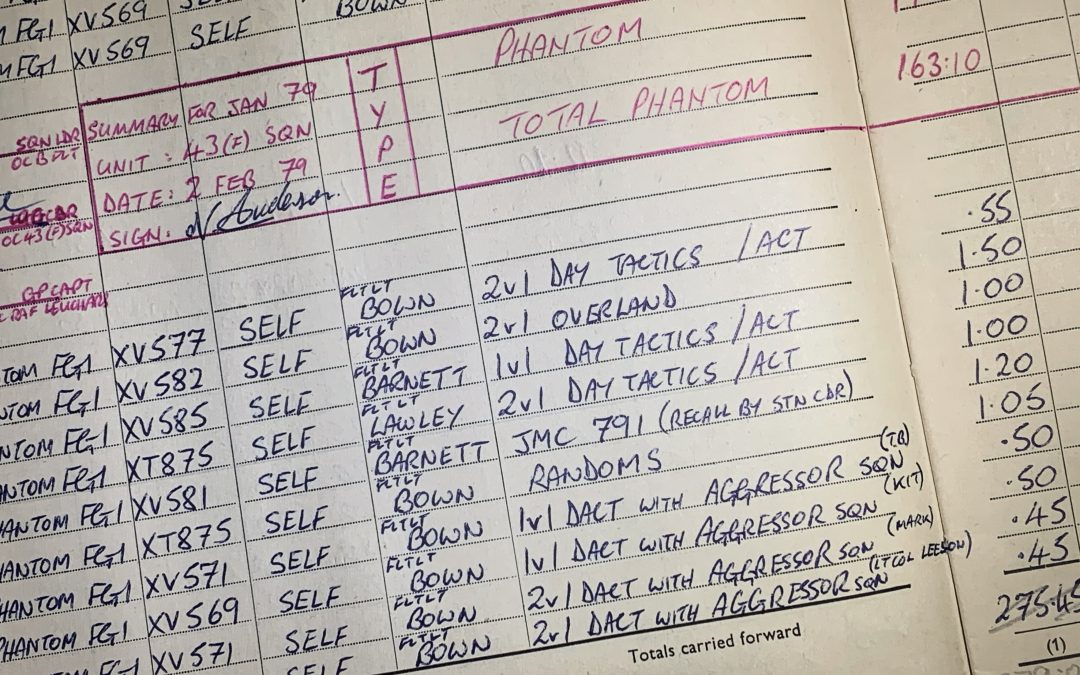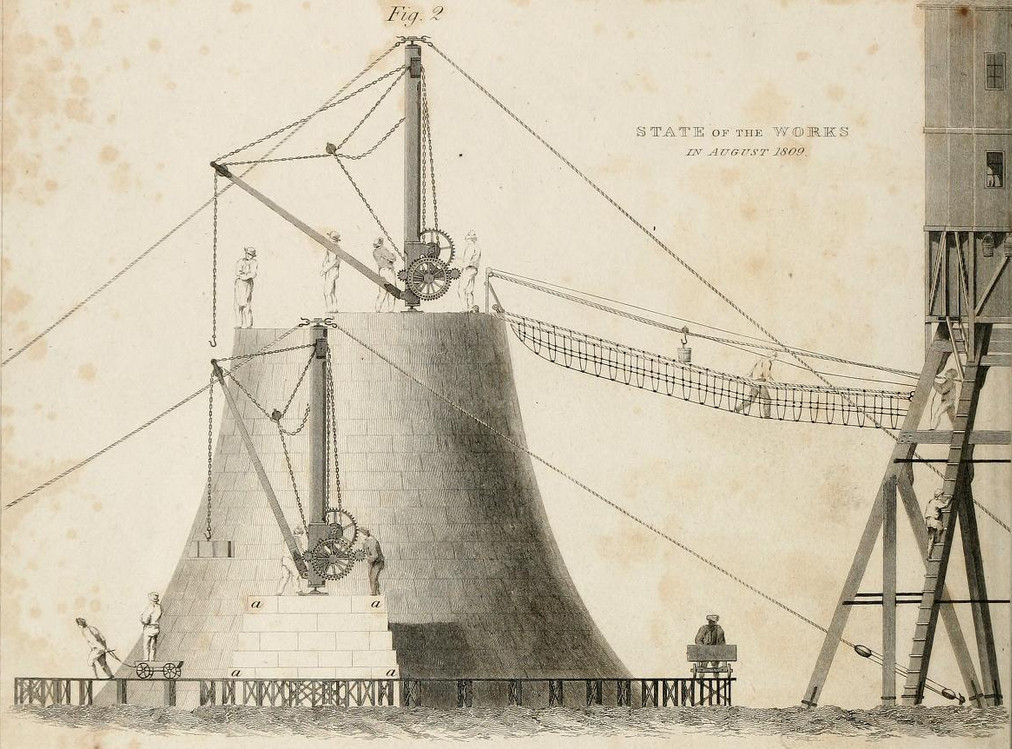
by captjeff | Jan 16, 2020 | Plane Tales
Podcast (pt): Download
This story harks back to the 300th APG show and was rewritten for the Plane Talking UK live show near Heathrow Airport. It is the story of a crippled Airbus A300 that barely survives a missile attack and the excellent work by a phenomenal Flight Deck crew.

The DHL A300 that was struck.

The landing.

The damage done to the A300’s left wing.
Images under Creative Commons licence with thanks to dodmedia and Airbus Flight Safety.

by captjeff | Jan 10, 2020 | Plane Tales
Podcast (pt): Download
The Convair 990 was a financial disaster that cost General Dynamics one of the largest corporate losses in history but thanks to some fascinating aerodynamics it was also the world’s fastest subsonic airliner. This is the story of a little known airliner and the transonic design that allowed it to cruise at Mach 0.97!

Convair CV 990 displaying anti-shock bodies on the top surface of its wings as it sits on the ramp at NASA’s Dryden Flight Research Center.

Listener Ramiro Couto takes a selfie in front of the NASA Convair 990 that now resides near the Mojave Airport.

The Convair 990 near the Mojave Airport showing off its anti shock bodies which allowed the aircraft to take advantage of the Whitcomb area rule.
Images under Creative Commons licence with thanks to the San Diego Air & Space Museum, NASA and listener Ramiro Couto.

by captjeff | Jan 3, 2020 | Plane Tales
Podcast (pt): Download
Growing up in poverty, life in Germany following WWII was hard, but for one young man, dreams of starting a new life as a pilot in America seemed beyond imagination. However, through strength of character and determination, Dieter Dengler would achieve his goal only to have his short career brought to an abrupt end when he was downed flying a secret mission over Laos at the start of the Vietnam war. The story of his subsequent capture, torture and his ultimate fate is a remarkable story.

Dieter after his escape.

Dieter and Colonel Eugene Deatrick, the man who spotted him in the jungle of Laos.
Images under Creative Commons licence with thanks to the US Navy and draykov.

by captjeff | Dec 23, 2019 | Plane Tales
Podcast (pt): Download
From one of the lesser known Bee Gee’s records comes a bizarre title for a seasonal song that brings to mind the story of Captain William Wincapaw, a native of Friendship in Maine. In his early days of flying float planes around Rockland Harbour he often used the many lighthouses of New England to help him navigate in poor weather. His fondness for the families who tended these lighthouses and Coast Guard stations, often in the most remote of situations, led him to begin a Christmas tradition that continues to this very day.

Captain William Wincapaw.

Delivering Christmas presents.
Images under copyright to the Friends of Flying Santa. To donate please go to the Friends of Flying Santa website.

by captjeff | Dec 17, 2019 | Plane Tales
Podcast (pt): Download
After WWII many American pilots were employed by the growing Chinese airline industry flying from poorly equipped airfields in China. The weather was often difficult and the terrain dangerous but on Christmas day 1946, struggling to get back to their base at Lunghwa airfield tragedy would strike… not once but three times. This is the awful story of that night in Shanghai.

A CNAC Curtis C46.


Images under Creative Commons licence with thanks to CNAC archives and National Museum of the USAF.

by captjeff | Dec 10, 2019 | Plane Tales
Podcast (pt): Download
The very next installment of my flying logbook stories has me attempting my first arrester wire engagement, paying tribute to the Bell Rock Lighthouse and meeting the USAF’s 527th Aggressor Squadron for combat training.

Armed Phantoms of No 43 (F) Squadron, RAF Leuchars.

Three F-5E Tiger II aircraft from the 527th Tactical Fighter Training Aggressor Squadron, RAF Alconbury.

Bell Rock lighthouse under construction.

Bell rock lighthouse as I remember it!
Images under Creative Commons licence with thanks to Me, the USAF, Derek Robertson and Robert Stephenson.
